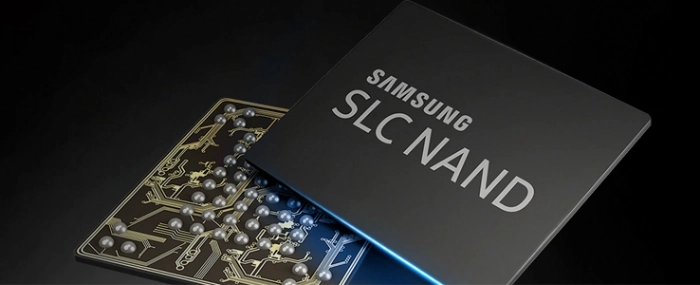
NAND Flash prices expected to stabilise and rebound in Q4
In response to persistent softening in demand, Samsung has taken a decisive step: a sweeping 50% production cut from September, with the focus mainly on processes under 128 layers.
According to TrendForce's research, other suppliers are also expected to follow suit and increase their production cutbacks in the fourth quarter to accelerate inventory reduction. With this manoeuvre in play, Q4 NAND Flash average prices are projected to either hold firm or witness a mild surge, possibly in the ballpark of 0~5%.
Aligning with TrendForce’s early-year forecasts, NAND Flash prices are poised to rally ahead of DRAM. With mounting losses for NAND Flash vendors and sales prices nearing production costs, suppliers are opting to amplify production cuts to help stabilise and potentially increase prices. Notably, NAND Flash Wafer contract prices kickstarted their revival in August. Given expanding production curtailments, there’s optimism around the resurgence of customer stockpiling, further amplifying price dynamics in September. Yet, for this positive price trajectory to sail smoothly into 2024, a sustained curtailing in production and a robust rebound in enterprise SSD purchase orders are pivotal.
A silver lining for suppliers: Deficit anticipated to shrink, with module makers reaping benefits
While NAND Flash enjoys a nimbleness in pricing over its counterpart, DRAM, 2023 has yet to witness any notable demand upticks. The overshadowing influence of AI servers, especially edging out general-purpose servers, has made the NAND Flash market forecast underwhelming this year. This narrative unfolds with a continuing dip in Q3 average prices and suppliers grappling with widening deficits.
Diving into supplier inventory levels, TrendForce casts its gaze on Samsung. If the hope is for end-users to ramp up stockpiling to slash inventory by year-end, it might be wishful thinking. Instead, the real game-changer is stringent production control. Samsung’s aggressive production cuts are likely to set off a ripple effect: a potential price uplift for their primary products. This ripple is anticipated to propel the overall bit shipment volume of NAND Flash in Q4, gradually narrowing the deficit gap for suppliers. Simultaneously, this shift will likely improve the profit outlook for module makers.
| QoQ% | 1Q23 | 2Q23 | 3Q22 E | 4Q23 F |
| Total NAND Flash | down 10~15% | down 10~15% | down 5~15% | up down 0~5% |
For more information visit TrendForce.

